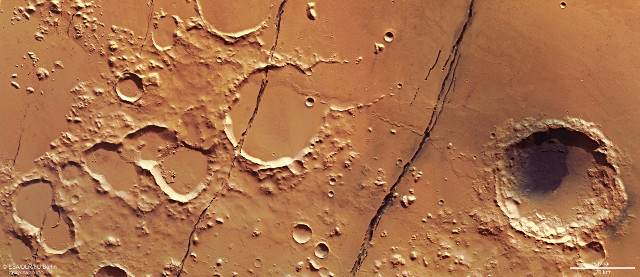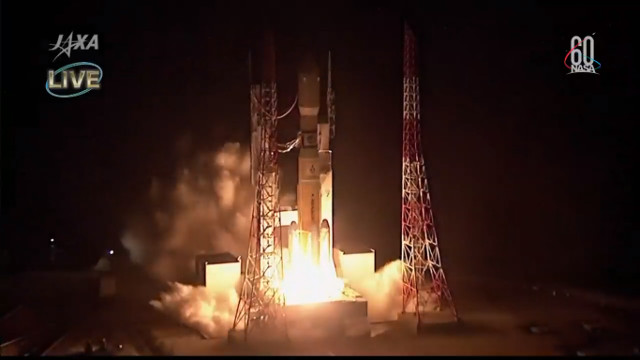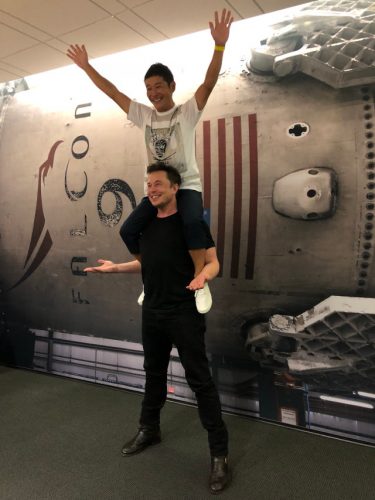
A confirmation of recent tectonic activities on Mars in the Cerberus Fossae
ESA has published photos taken by its Mars Express space probe of the Cerberus Fossae, fractures that run almost parallel for more than 1,000 kilometers in the area near the equator of the planet Mars. They’re part of a large volcanic complex called Elysium Planitia, where traces suggest that lava flows date back a few million years ago, recent in geological terms compared to the bulk of volcanic activity. The Cerberus Fossae were also formed relatively recently, less than 10 million years ago, probably originated from faults that stretched the upper layers of the surface apart.





